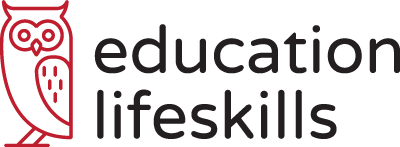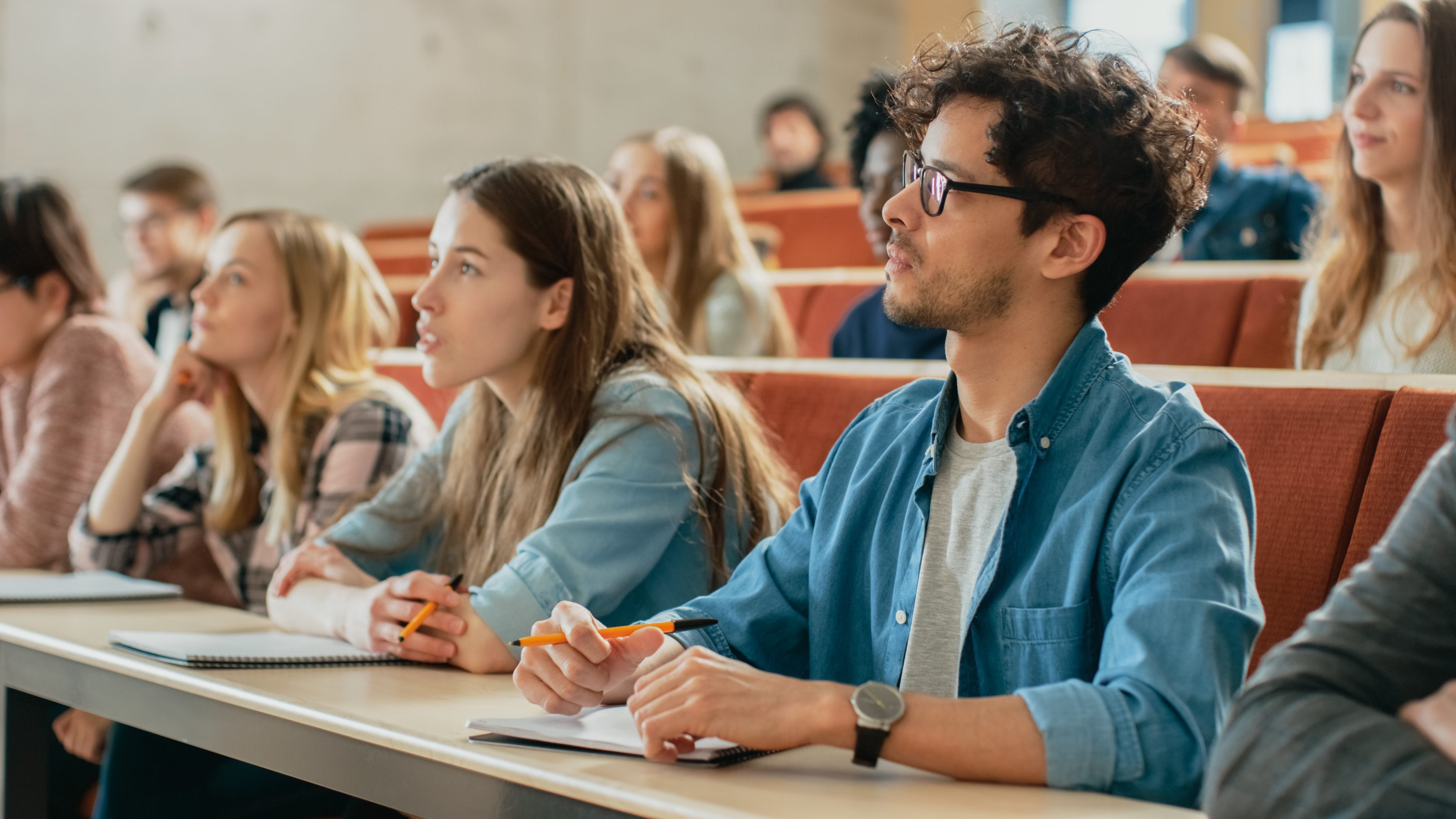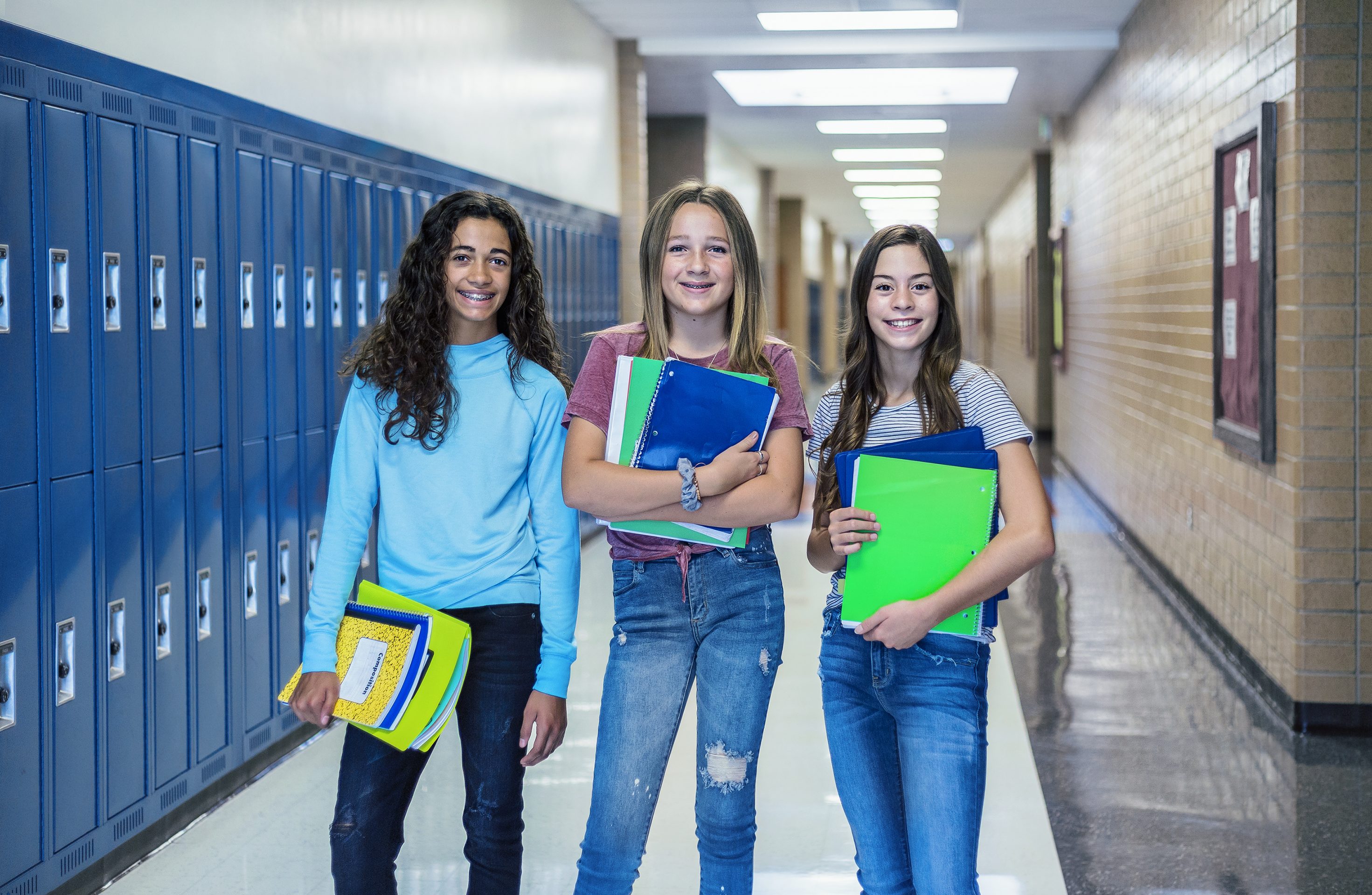High school marks one of the fastest periods of growth in any student’s life as they prepare for the transition into adulthood, facing questions of entering the working world or pursuing further education. Yet, while they may feel academically prepared, they may be uncertain about the social and emotional issues they are currently facing and will continue to face. To help them both excel in their ongoing education and to prepare them for life, Education Lifeskills has created its Social & Emotional Learning curriculum for high school students.
Our courses can help students overcome issues of low self-esteem, self-confident, poor cooperation, social awareness, and to learn about self-awareness, impulse control, and responsible decision-making to improving their empathy and teamwork.
What is Social Emotional Learning?
Social Emotional Learning aims to fill the gaps widely recognized within the traditional education system. Many schools, parents, and students are growing more aware of the skills that aren’t as widely taught in the average curriculum. This includes managing our own emotions, managing positive goals, growing empathy for others, nurturing positive social relationships, and responsible decision-making. As a result, Social Emotional Learning was adopted to help teach these values and skills, with more schools, parents, and students quickly growing the movement.
Our Social & Emotional Learning curriculum for high school students helps to prepare them for the future. It teaches skills that can improve their ability to engage with their education, to set and meet goals, and manage their own reactions to setbacks, but also teaches a variety of skills that can help beyond school. By teaching empathy, a focus on cooperation, and the management of negative emotions, it can create a more resilient student ready for the step beyond high school.
What Social Emotional Learning can teach in High School
Delivered through a series of individual courses, each of which can broken down into four or more units, an Education Lifeskills program can deliver a consistently engaging, yet comprehensive introduction and approach to the concepts and skills that can help high school students better cope with the demands of their school life and prepare for their academic or career future. Each course fits into one of the five core categories of Social Emotional Learning:
- Self-awareness: Learning to understand our own emotions and recognizing how they influence behavior. This includes coming to grasps with negative and positive emotions, so students can learn how to manage their responses to stress and setbacks while also building a sense of optimism and determination.
- Self-management: Looking more closely at the relationship between emotion and behavior to better control our reactions to different situations. This includes becoming mindful of triggers of stress, controlling our own impulses, and making better use of our strengths to achieve goals inside and outside of the school.
- Social awareness: Developing the ability to empathize, to understand, and to learn from those with experiences outside our own. Students can learn about the differences in norms, experiences, and cultures to better react to what may initially seem unfamiliar to them.
- Relationship skills: Building and sustaining healthy, respectful relationships. This teaches skills such as active listening, improving communication, and conflict resolution. It also helps students recognize hallmarks of more potentially dangerous relationships, such as inappropriate social pressure.
- Responsible decision making: Learning about goals and priorities, and finding the constructive, healthy choices that can better build towards them. An understanding of potential realistic consequences and the ability to better negotiate multiple factors acting on any decisions can help students make better choices in education and in life.
High school already tests these five competencies, as students become more self-directed in their learning, engage with teams more, negotiate more complex relationships, and face more challenges and setbacks than ever. As a result, our Social Emotional Learning program is designed to help them better manage and engage with the concepts they are already dealing with.
How Education Lifeskills delivers Social Emotional Learning
Whether it’s being taught to a single student or an entire classroom, our Social Emotional learning curriculum is designed to be flexible to the needs of the educator and the student. They are applicable in a variety of formats, whether it is self-directed to be learned with the help of a facilitator or a group lesson for the traditional student environment. Our courses all make use of Blended Learning, too, which offers both offline and online learning options, delivered together to ensure that the most engaging and effective format is always used.
Each course within the program takes between 4-6 hours to complete. The courses are divided into units, making it easier for parents, counselors, and teachers to spread it out over time, allowing the student the opportunity to develop at their own pace.
Our Learning Management System can improve the Social Emotional Learning experience all the more. This eLearning platform helps facilitators such as parents and teachers deliver, manage and track lessons, while providing a range of online learning mediums, such as storytelling, animation, gamification, and self-assessment to better engage students. Digital learning options have been shown to improve student engagement, allowing teachers and parents to think beyond the traditional classroom format to ensure each lesson is delivered in the most efficient and effective manner possible.
The impact of a Social Emotional Learning Curriculum for High School
Building an understanding of their own emotions, an awareness of their place in relationships and society, and providing skills that help them better engage their own behaviors and their group efforts, Social Emotional Learning can play an important role in preparing high school students for their future. Here are just a few of the benefits seen by the program:
- Better academic performance
- Improved attitudes and behaviors and an increased commitment to education
- Less classroom disruption, noncompliance, aggression and delinquency.
- Fewer reports of stress, anxiety, depression, and social withdrawal.
A Social Emotional Learning can equip students with the interpersonal and intrapersonal skills and insights they use in both high school and the world beyond. Explore the site to find out more about how Education Lifeskills can help us create a better class of students.



